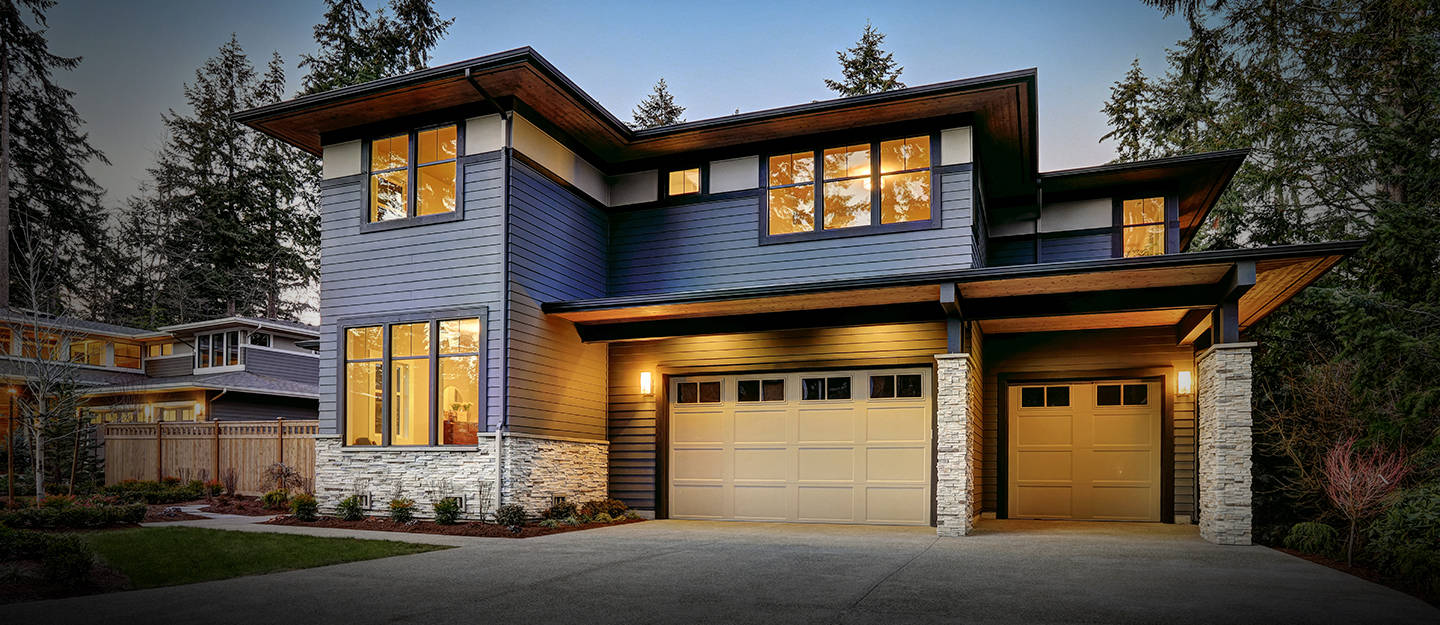Drywall, also known as gypsum board or plasterboard, is a widely used building material for interior walls and ceilings. While it is known for its durability, drywall can still be susceptible to damage over time. In this article, we will delve into the various factors that can lead to drywall damage, providing you with valuable insights to prevent and address such issues effectively.
- Moisture and Humidity:
One of the primary culprits behind drywall damage is excessive moisture and humidity. When moisture seeps into the drywall, it weakens the gypsum core, causing it to swell, warp, or even crumble. Common sources of moisture include plumbing leaks, roof leaks, high humidity levels, and inadequate ventilation. Regularly inspecting and maintaining these areas can help prevent moisture-related damage to your drywall. - Impact and Physical Damage:
Drywall is susceptible to impact damage, especially in high-traffic areas or homes with active children or pets. Accidental bumps, furniture collisions, or even doorknob impacts can result in dents, cracks, or holes in the drywall. To minimize such damage, consider installing protective corner guards, using furniture pads, or reinforcing vulnerable areas with additional layers of drywall or mesh tape. - Settling and Structural Movements:
Houses naturally settle and experience structural movements over time. These movements can exert stress on the drywall, leading to cracks and separations. Common signs of settling-related damage include diagonal cracks near windows and doors, as well as gaps between the drywall and baseboards. To mitigate this issue, it is crucial to ensure proper framing during construction and periodically inspect for any signs of structural movements. - Temperature Fluctuations:
Extreme temperature fluctuations can also impact the integrity of drywall. Rapid changes in temperature can cause the drywall to expand and contract, leading to cracks and joint separations. This is particularly common in areas with harsh climates or inadequate insulation. Maintaining a consistent indoor temperature and ensuring proper insulation can help minimize the effects of temperature fluctuations on drywall. - Poor Installation and Workmanship:
Improper installation techniques or poor workmanship during drywall installation can result in long-term damage. Insufficient joint compound application, inadequate taping, or improper screw placement can lead to visible seams, cracks, and loose panels. Hiring experienced professionals and ensuring adherence to industry standards during installation can help prevent such issues.
Conclusion:
Drywall damage can be caused by a combination of factors, including moisture, impact, settling, temperature fluctuations, and poor installation. By understanding these causes, you can take proactive measures to protect your drywall and maintain its longevity. Regular inspections, prompt repairs, and proper maintenance are key to preserving the integrity and aesthetics of your walls and ceilings. Remember, prevention is always better than cure when it comes to drywall damage.



